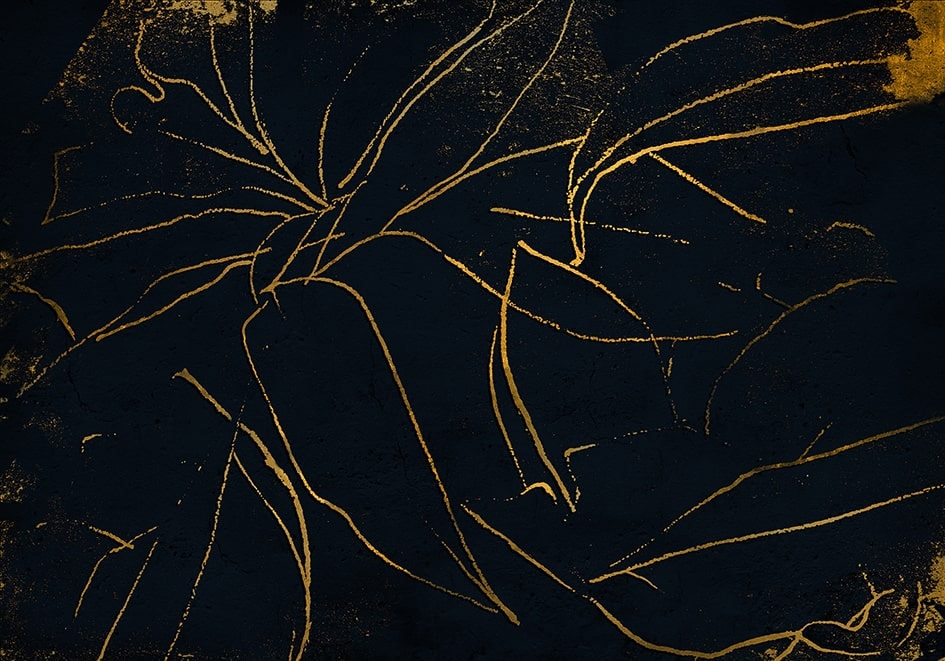Hanging wallcovering is not a difficult task, but yes, it does require organisation, a few simple tools and some extra time to set aside.
A measuring tape is essential for correctly measuring the wall/s and for calculating how much wallcovering you will need, and also for measuring the height of the panels.
A brush or roller, whichever you prefer. Some people prefer the roller because you can make sure the surface is glued more evenly, and there are those who find it more cumbersome to hold and dip a normal brush into a bucket of glue. The important thing is that both must have a width of 10-15 cm, for time efficiency more than anything else.
Glue to apply to the wallcovering, it can be powdered or ready-made. The type of glue varies depending on the quality of the wallcovering: non-woven; vinyl, contract; metallics; silk; natural fibres… It can therefore either be cellulose glue or glue for heavy wallcoverings and it is essential that you use the correct one in each case. You will also need to check the instructions t osee if the glue should be applied to the wall or to the wallcovering.
A spatula to remove the air bubbles. You can use a Tupperware lid or another homemade invention, the important thing is that you can gently smooth away any bubbles on the surface.
A damp cloth to be able to wipe the wallcovering clean, although cellulose glue does not dirty or damage the paper (except for delicate natural raffia papers).
A Stanley knife to cut off the excess wallcovering. The length should always be calculated slightly longer than the height of the ceiling. The wallcovering should never be cut to the exact height of the wall, you should add at least 5 cm more as walls are often uneven.
Roller for the joins. It is not essential, but we do recommend it as it helps to increase the adhesion of the joins between panels.
Kraft paper to protect the floor. Another non-essential item, but if it’s your first time hanging wallcovering, it’s easy for the glue to drip onto the floor. This material will save you cleaning time at the end of the hanging process. Also, the paper often includes a roll of decorator’s tape, so it is very easy and fast to put in place.
Plumb line or spirit level to check wallcovering is straight and not at an angle.








